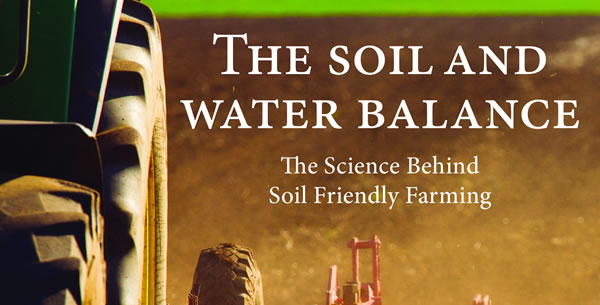The loss of neonicotinoids, used to help prevent BYDV, is a threat to UK cereal crops but there are solutions available which are not mentioned in (Crops will be 'vulnerable' due to EU ban on insecticide used to control aphids, Nov 18) that are at the core of Integrated Pest Management.
This is, of course, the use of delayed drilling so that the crop emerges when the threat of aphid infestations is reduced. Climate warming won’t help, but we also have more extreme weather events and heavy rainfall is also quite a useful “aphicide”.
There is also evidence that use of minimum tillage can help reduce aphid infestations although we are unsure as why this is so. The debris may confuse the aphids as they seek out crops in which to land but it may also be because more predatory beetles and spiders survive the cultivations, whilst the debris provides additional structures between which spiders can spin their webs.
These money spiders can be extremely numerous in the autumn, but care must be taken with pyrethroid sprays which they are especially toxic to them.
Aphid invasions are also highly sporadic varying between regions, farms, fields and even within fields. In 2015/16, which was a high BYDV year, we looked at the variation in numbers of flying aphids entering cereal fields using yellow sticky traps.
We found considerable variation between fields and even within fields most were deposited within 20m of the field boundary. Such variation offers opportunities for more selective use of pyrethroids; this will help to prevent the development of insecticide resistance in bird cherry-oat aphids and reduce the spread of existing pyrethroid resistance in grain aphid.
At present we are undertaking a more detailed study, funded by AHDB, to pilot a within field-monitoring system based on the use of sticky traps. Our aim is that such a system can provide a better indication of the levels of cereal aphids immigrating into fields and if control is deemed necessary to ensure the timing of subsequent pyrethroid sprays is optimised using the Agrii day degree tool.
We are also looking into the role of tillage in aphid infestations and will try to identify what landscape characteristics make some fields more susceptible, such as proportion of grassland in the landscape, field aspect and the type of field boundaries.
For further information on the project, visit https://cereals.ahdb.org.uk/publications/2018/october/11/field-monitoring-of-bydv-risk-in-winter-cereals-(pilot-study).aspx
Professor John Holland
Head of farmland ecology at Game & Wildlife Conservation Trust

Get the inside track on soil and water research
Priced now at just £4.95 (50% off), The Soil & Water Balance is a handy paperback which provides the inside track on soil and water research.
Presented in a Q&A style, much like our popular Moorland Balance, this 100-page book looks at the problems and solutions on topics ranging from erosion and contamination, to the impact on songbirds and other wildlife.
Combining years of research at the GWCT's Allerton Project demonstration farm with tens of external scientific papers, this is a fascinating study of how farming can adapt to the challenges it currently faces.
View Book >
or
Buy Now - £4.95 >
100% Secure. All Credit & Debit cards, PayPal, Apple Pay and Google Pay accepted.
